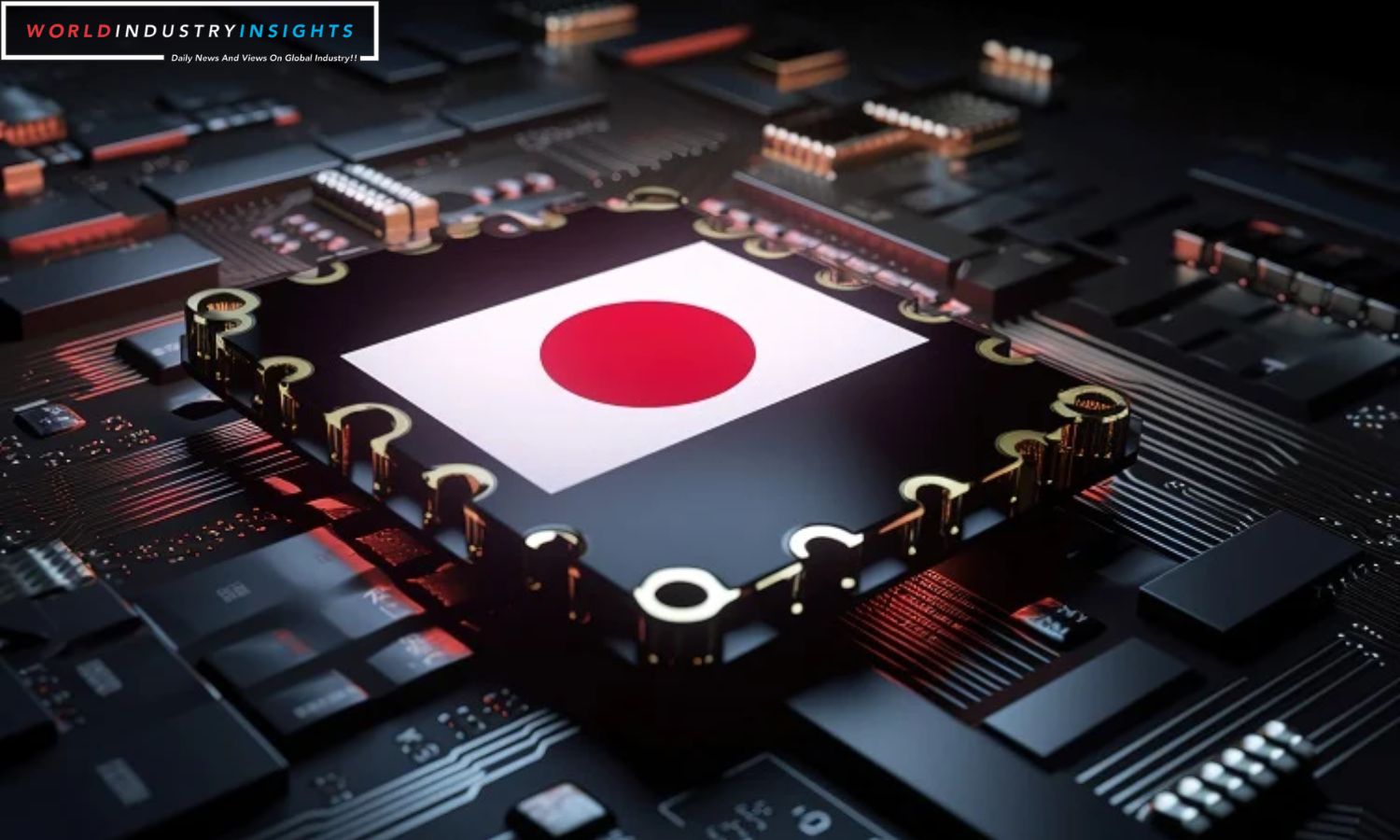Japan Semiconductor Renaissance: Japan’s remarkable resurgence in the semiconductor industry has garnered admiration from experts worldwide. Luc Van den hove, CEO of Belgium-based Imec, expressed his appreciation for Japan’s bold and swift actions in reclaiming its prominence in chip manufacturing. The nation, known for its excellence in chipmaking tools and materials, is making significant investments and providing substantial subsidies to boost the industry’s capacity.
One of Japan’s most prominent initiatives is the Rapidus chip foundry venture, which is challenging established industry giants. Collaborating with IBM and Imec, Rapidus aims to produce cutting-edge chips, setting its sights on a market traditionally dominated by big players like Taiwan’s TSMC and South Korea’s Samsung Electronics.
Van den hove, who closely monitors developments in the semiconductor industry, acknowledged the immense challenges that Rapidus faces. However, he expressed his optimism, underlining Japan’s unwavering commitment to achieving success in this venture. Imec, a crucial contributor to semiconductor research, is even considering the establishment of offices in Hokkaido, where Rapidus’s chip production will be centered, and in Tokyo.
Also Read: Huawei Phone Chip Breakthrough Teardown: A Milestone in Chinas Semiconductor Odyssey
The global landscape in chip manufacturing is evolving rapidly. Countries around the world are actively seeking to secure their chip supply chains, spurred by global disruptions like the pandemic and trade tensions. In this context, Van den hove emphasized the vital importance of international collaboration and cooperation. He warned against isolationist approaches, cautioning that such a path could lead to duplication, increased costs, and ultimately, a slowdown in innovation.
Japan’s impressive initiatives are not only inspiring but also indicative of a remarkable resurgence in the semiconductor industry. The nation’s proactive stance and strategic investments position it as a significant player in the evolving landscape of global chip manufacturing.
Our Reader’s Queries
What was the impact of the 1986 US Japan semiconductor Agreement?
The 1986 chip agreement was intended to aid certain American segments of the semiconductor industry, but it ultimately restricted trade. Unfortunately, this has negatively impacted American computer manufacturers, who are now forced to pay inflated prices for computer chips.
Why did Japan lose the semiconductor industry?
Japan, once a dominant player in the global semiconductor industry, has seen its market share plummet to around 10%. The country’s semiconductor industry was once responsible for producing over half of the world’s chips, powering popular devices like Toshiba calculators and Nintendo consoles. However, the rise of globalization led to companies in wealthy countries outsourcing their chip production to other countries, resulting in Japan’s decline in the market. Despite this setback, Japan remains a key player in the industry, with many companies continuing to innovate and develop new technologies.
What is Japan’s semiconductor strategy?
Japan’s semiconductor strategy for 2023 focuses on two crucial elements: bolstering domestic manufacturing capabilities and promoting research and development (R&D) for next-generation semiconductor technology through global partnerships. By prioritizing these initiatives, Japan aims to stay at the forefront of the semiconductor industry and maintain its competitive edge. Through international collaboration, Japan hopes to foster innovation and drive progress in the field, while also strengthening its own domestic capabilities. These efforts will undoubtedly have a significant impact on the future of the semiconductor industry and Japan’s role within it.
When did the semiconductor industry start?
The semiconductor industry comprises companies that design and create semiconductors and related devices like transistors and integrated circuits. This industry emerged in the 1960s when the production of semiconductor devices became a profitable venture.

